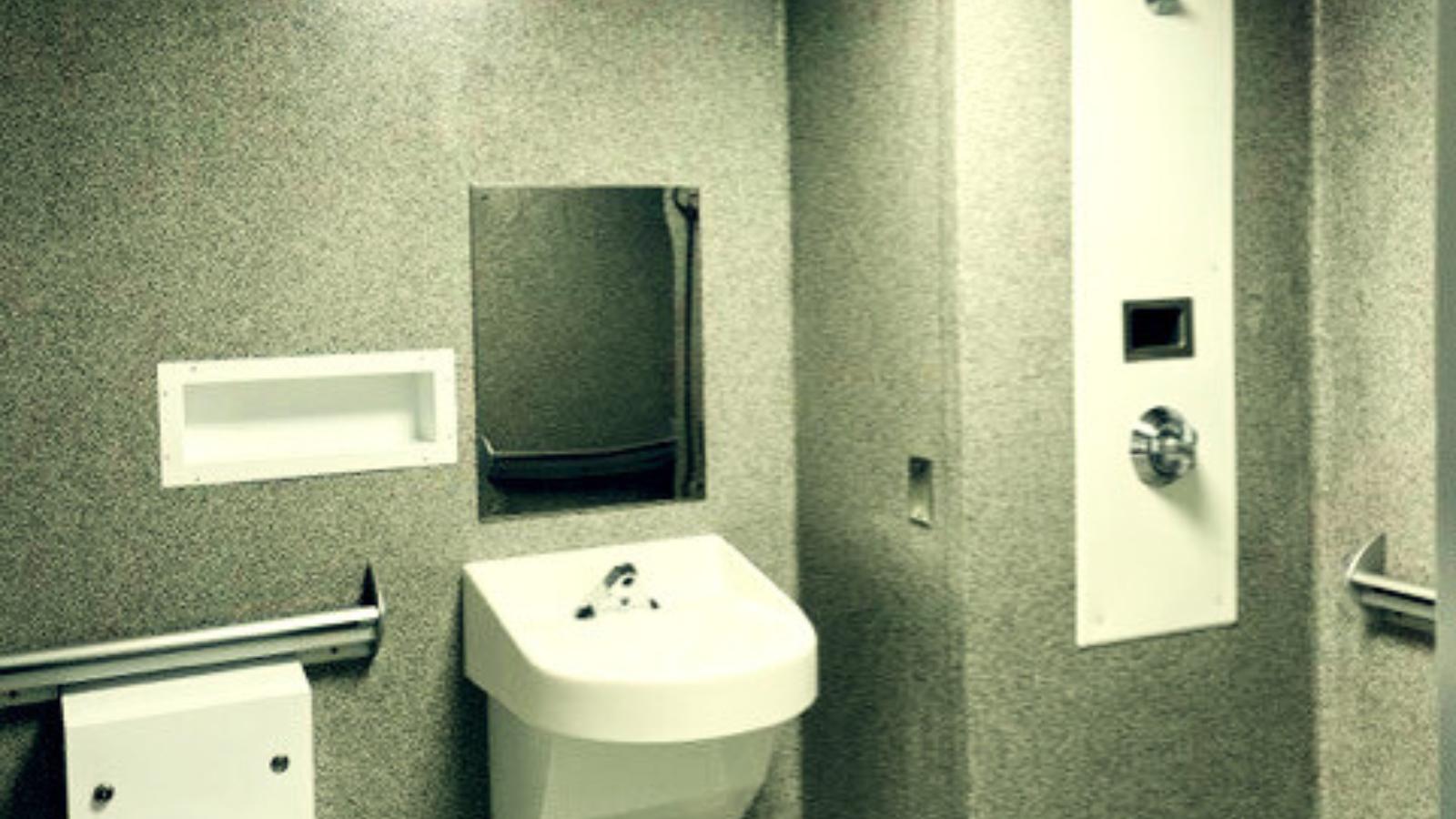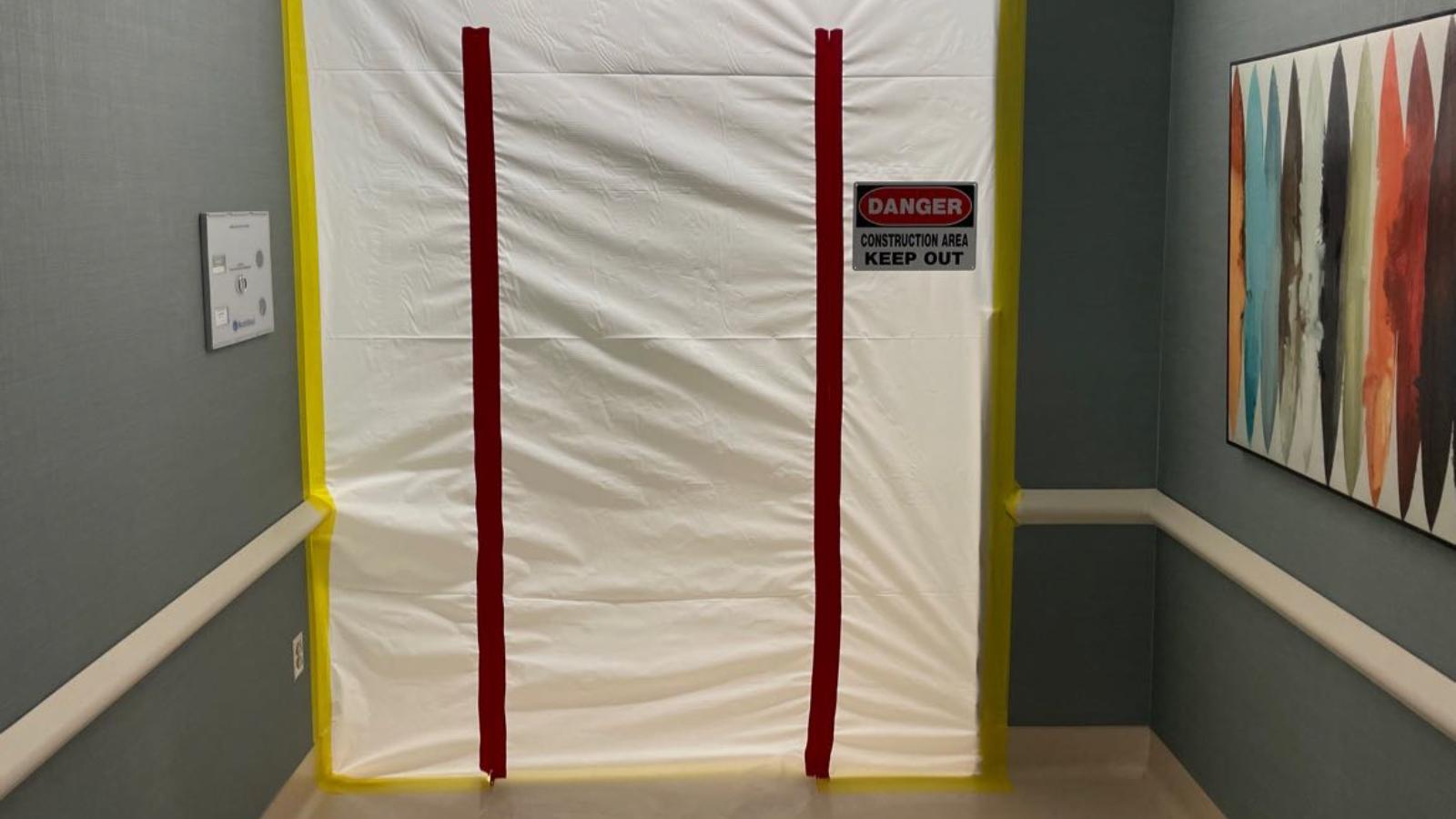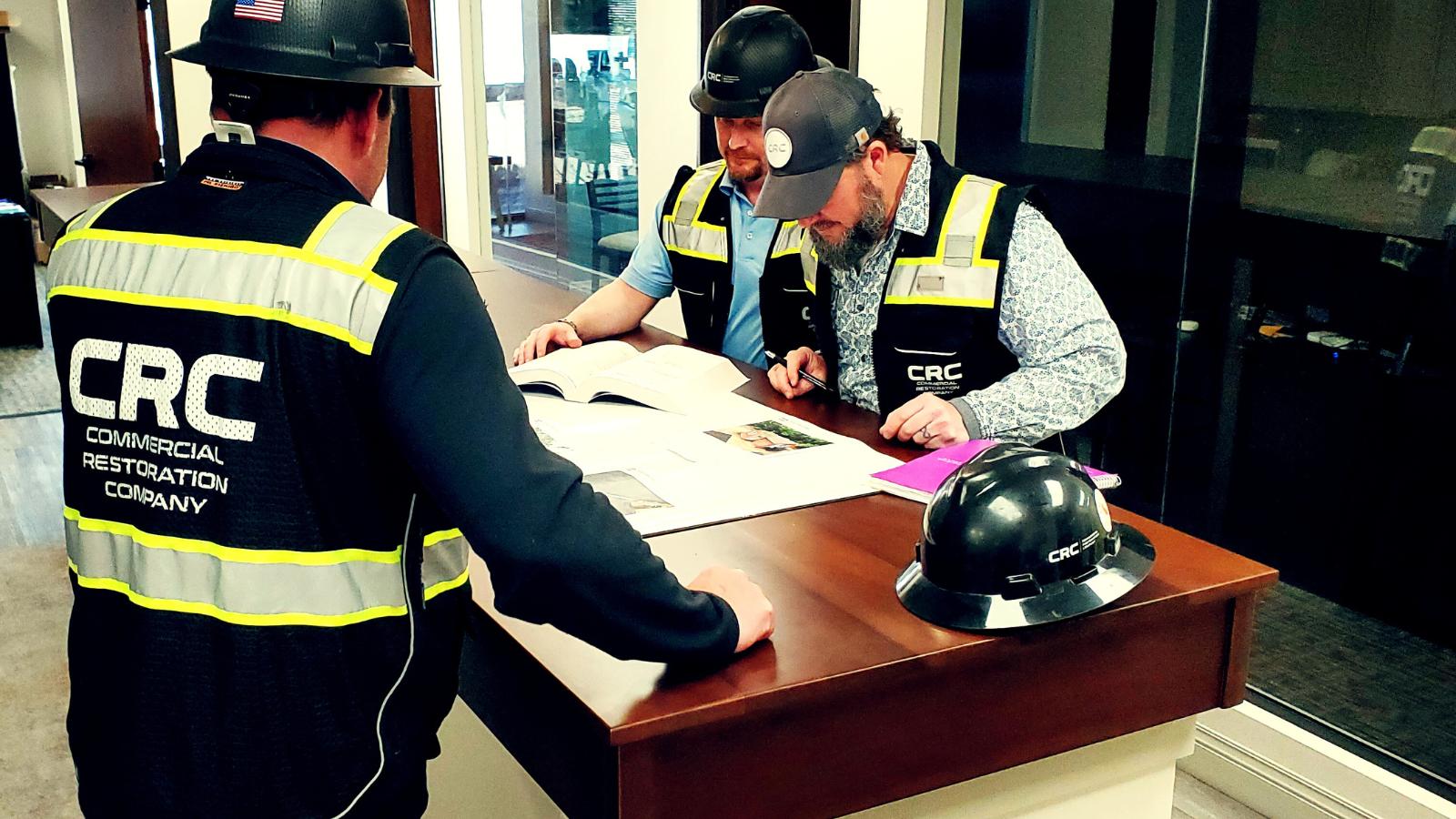Importance of ICRA Certification in Healthcare Construction
Ensuring the safety of patients is of utmost importance in the healthcare construction industry. The presence of infectious agents in healthcare...
2 min read
Sarah Chadwick
July 30, 2023

Renovating a behavioral health unit requires careful planning and consideration to ensure the safety and security of patients, staff, and visitors. These units are designed to provide treatment and support for individuals dealing with mental health and behavioral issues. Enhancing the physical environment can significantly contribute to the overall effectiveness of the treatment process and promote a sense of safety and well-being. In this article, we will explore key considerations for renovating behavioral health units to create a safe and secure environment.
The physical layout of the unit should be designed to minimize risks and prevent self-harm or harm to others. Consider incorporating the following elements:
While safety is crucial, it is also essential to create an environment that respects the privacy and dignity of patients. Some important factors to consider include:
Creating a calming and therapeutic environment can positively impact patients' well-being and recovery. Consider incorporating the following elements:
In addition to patient safety, it is crucial to consider the safety and well-being of the staff working in the behavioral health unit. Some considerations include:
When renovating a behavioral health unit, it is vital to collaborate with experts, including architects, behavioral health professionals, and facility managers. These professionals can provide valuable insights, recommend best practices, and ensure that the renovations meet regulatory requirements and industry standards.
Once the renovations are complete, it is essential to continuously evaluate the unit's safety and security measures. This evaluation should involve gathering feedback from staff, visitors, and qualified behavioral health professionals and making necessary adjustments based on the findings. Regular inspections and maintenance should be conducted to identify and address any potential safety risks or maintenance issues.
Renovating a behavioral health unit requires a comprehensive approach that prioritizes safety, privacy, dignity, and therapeutic environments. By carefully considering these key factors and collaborating with experts, it is possible to create a safe and secure space that promotes the well-being and recovery of individuals seeking treatment for mental health disorders and behavioral issues.
If you're planning to renovate a behavioral health unit, reach out to CRC's experienced Healthcare Team today for personalized solutions and support in creating a safe and secure environment for patients, staff, and visitors.

Ensuring the safety of patients is of utmost importance in the healthcare construction industry. The presence of infectious agents in healthcare...

When it comes to repairing property damage, it's crucial to choose the right type of contractor. The two main types of contractors are general...

PROJECT PROFILE Client: Denver Springs, LLC Location: Westminster, CO Square Footage: 8,571 Timeline: 6 months KEY PROJECT PARTNERS Design...